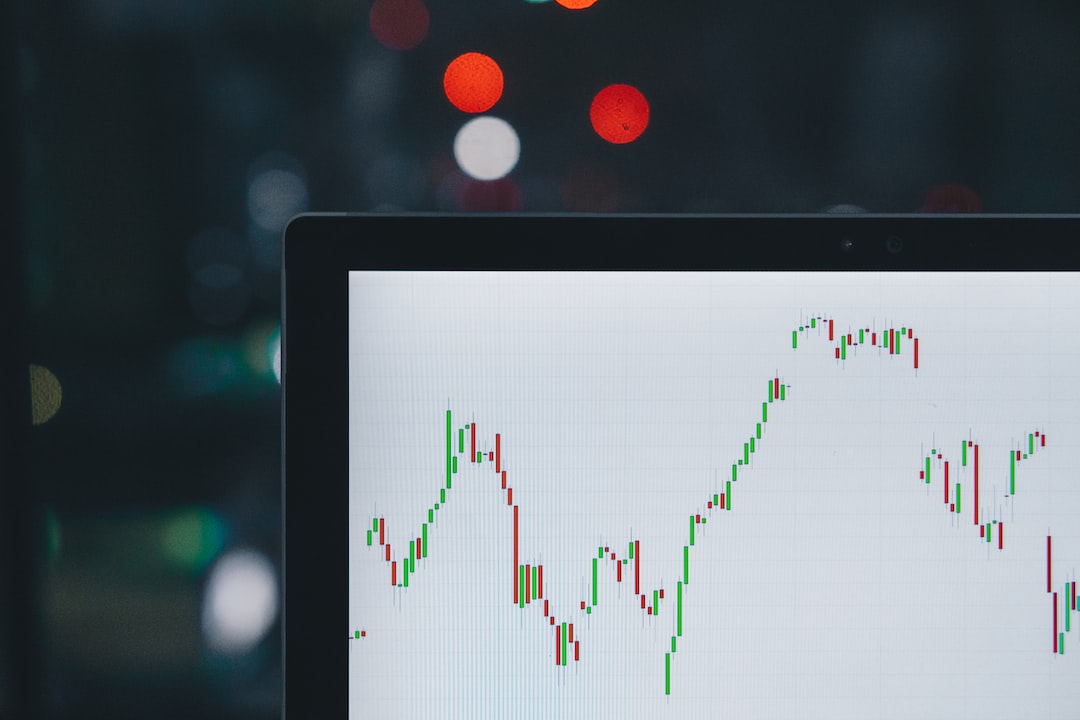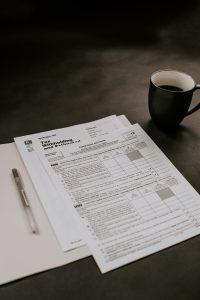Fibonacci retracement is a popular technical analysis tool used by many traders to identify potential levels of support and resistance in the forex market. It is based on the idea that prices tend to retrace a predictable portion of a move, after which they will continue in the original direction. The tool is named after the mathematician Leonardo Fibonacci, who discovered a series of numbers that occur frequently in nature and have been used to describe various phenomena, including financial markets. In this article, we will explore how to trade fib retracement in forex trading.
What is Fibonacci retracement?
Fibonacci retracement is a technical analysis tool that is used to identify potential levels of support and resistance in the forex market. It is based on the idea that prices tend to retrace a predictable portion of a move, after which they will continue in the original direction. The tool is named after the mathematician Leonardo Fibonacci, who discovered a series of numbers that occur frequently in nature and have been used to describe various phenomena, including financial markets.
The Fibonacci retracement levels are derived from the Fibonacci sequence, which is a series of numbers where each number is the sum of the two preceding numbers. The sequence starts with 0, 1, 1, 2, 3, 5, 8, 13, 21, 34, 55, 89, 144, etc. The ratios of the numbers in the sequence are used to create the retracement levels, which are 23.6%, 38.2%, 50%, 61.8%, and 78.6%. These levels are drawn on a chart to show potential areas of support and resistance.
How to use Fibonacci retracement in forex trading?
To use Fibonacci retracement in forex trading, you need to follow these steps:
Step 1: Identify a trend
The first step is to identify a trend in the market. This can be done by looking at the price chart and determining whether the market is moving up or down.
Step 2: Draw the retracement levels
Once you have identified a trend, you can draw the retracement levels on the chart. To do this, you need to identify the high and low points of the trend. You can then draw a line from the high to the low point and divide it into the Fibonacci retracement levels.
Step 3: Wait for a retracement
After you have drawn the retracement levels, you need to wait for a retracement to occur. This is when the price moves back towards one of the Fibonacci retracement levels.
Step 4: Look for a reversal
Once the price reaches a Fibonacci retracement level, you should look for a reversal. This is when the price starts to move in the opposite direction of the trend. If the price reverses at a Fibonacci retracement level, it is a sign that the level is acting as a support or resistance level.
Step 5: Set your entry and exit points
Once you have identified a reversal, you can set your entry and exit points. You should enter the trade when the price starts to move in the opposite direction of the trend and exit when it reaches the next Fibonacci retracement level or when the trend resumes.
Conclusion
Fibonacci retracement is a powerful tool that can be used to identify potential levels of support and resistance in the forex market. By drawing the retracement levels on a chart, you can identify areas where the price is likely to reverse, allowing you to enter and exit trades with better accuracy. However, it is important to remember that no tool is perfect, and you should always use additional analysis and risk management techniques to ensure that you are making informed trading decisions.






